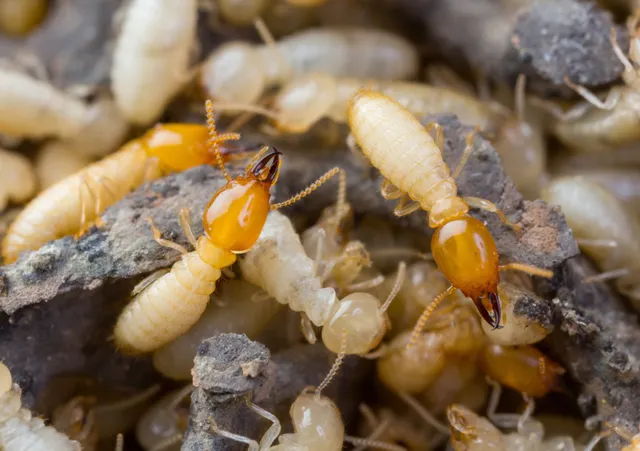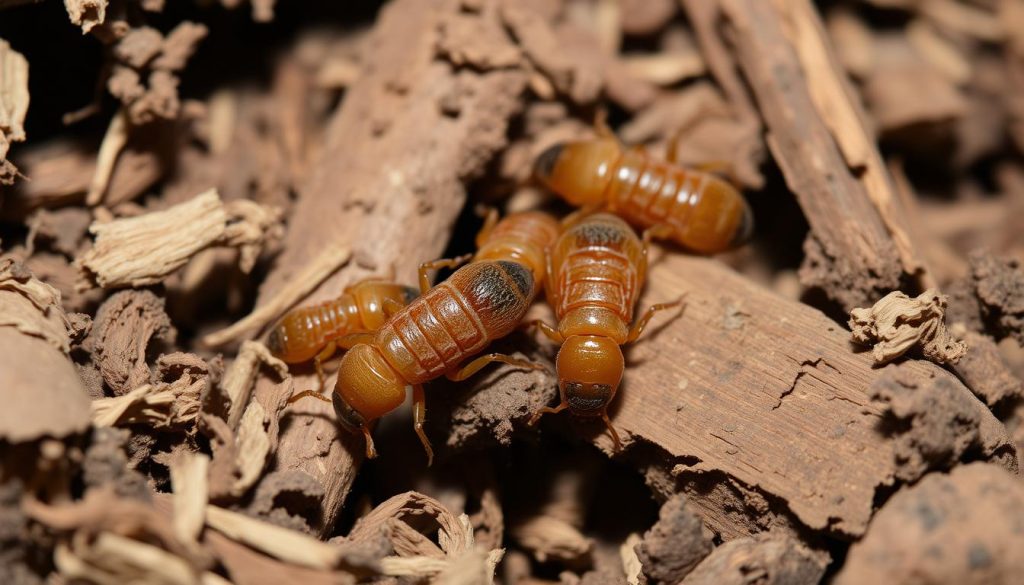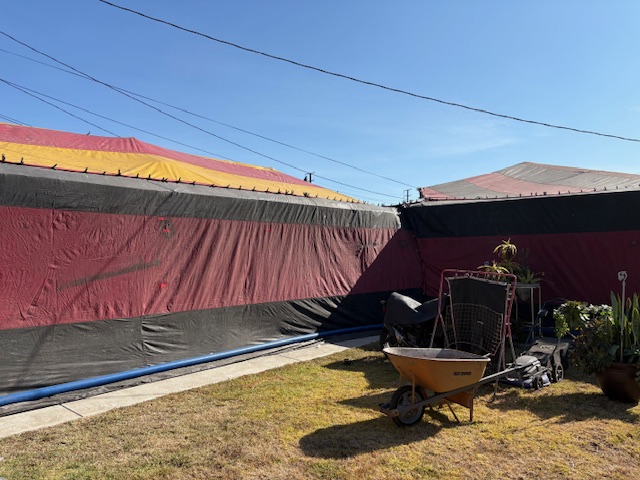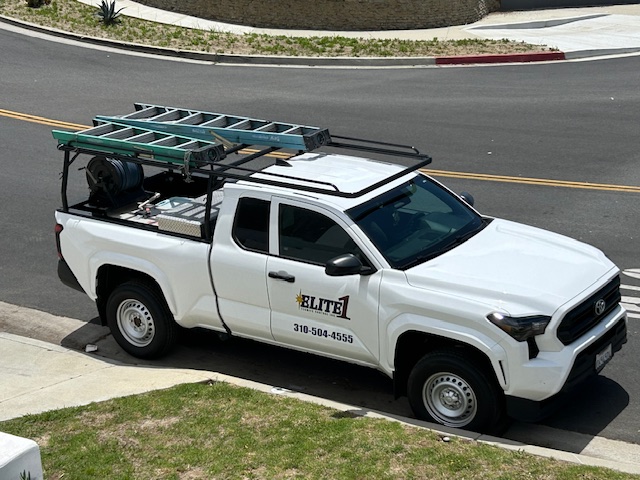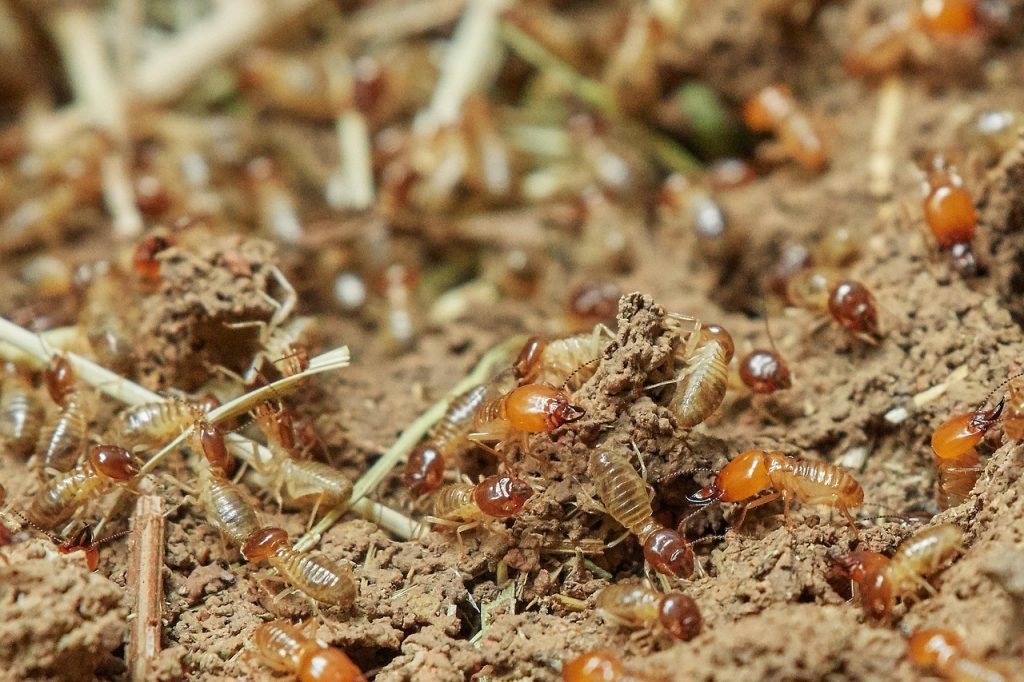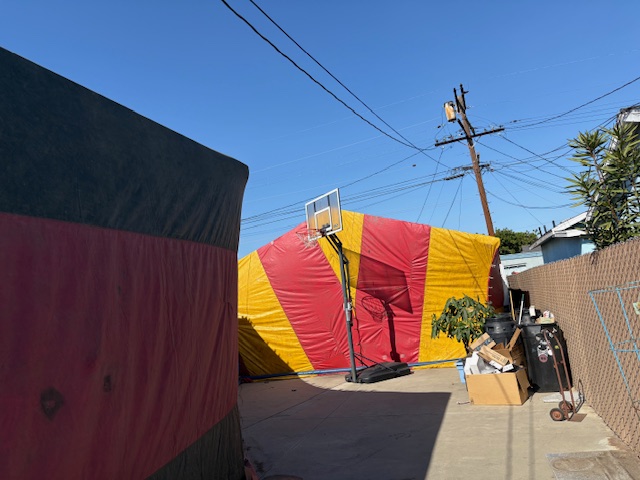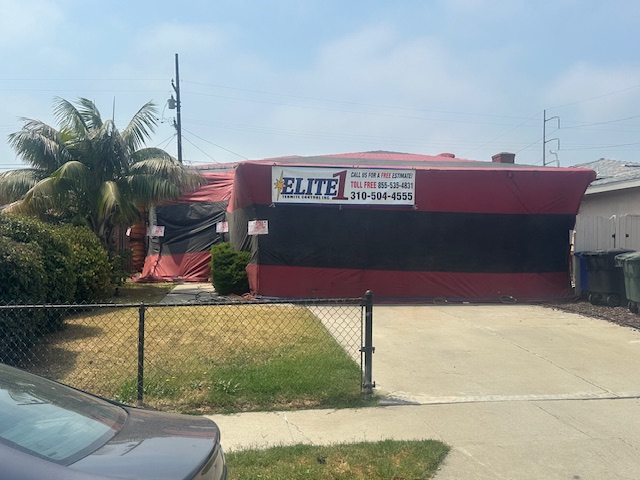Termite Control
How to Prepare Your Home for Termite Tenting
Termite tenting is a highly controlled process designed to eliminate active termite colonies throughout an entire structure. While the treatment itself is handled by trained professionals, proper preparation plays a critical role in ensuring successful results. Homes that are not adequately prepared can experience delays, incomplete exposure, or avoidable complications before and after treatment. Understanding…
Read MoreSigns of Termite Activity in the Upcoming Winter Season
Termites do not disappear during winter. While activity slows in colder months, colonies remain active inside walls, foundations, and wooden structures where temperatures stay stable. Because signs become more subtle during this season, winter is one of the most important times for homeowners to understand how to spot indicators of hidden termite movement. Drywood termites…
Read MorePost-Tenting Cleanup: What Homeowners Need to Know
After a home undergoes termite tenting, many homeowners are unsure about the next steps. The fumigation process itself is only one part of a complete termite control plan, and the period immediately after tent removal is just as important. Proper cleanup ensures your living space is safe, comfortable, and protected from future activity. Understanding what…
Read MoreRetreatment Strategies After Soil Termite Barriers Fail
Soil treatments remain one of the most effective defenses against subterranean termites, forming a treated zone around a structure to prevent termites from reaching wood and causing damage. However, even high-quality systems can weaken over time. Soil shifts, environmental changes, and natural product breakdown can compromise the protective zone and give termites a new entry…
Read MoreSigns of Termite Activity in the Fall Season
Fall is a transitional season for both homes and pests. As temperatures begin to drop, termite activity does not stop; it simply changes. While many homeowners assume that termites become dormant in cooler weather, certain species, particularly drywood and subterranean termites, remain active beneath the surface. Fall is often when colonies regroup, establish deeper nesting…
Read MoreCommon Misconceptions About Termite Tenting
Termite tenting is one of the most recognized and effective methods for eradicating widespread infestations, yet it remains surrounded by myths and misunderstandings. Homeowners often hear conflicting advice about the process, ranging from safety concerns to unrealistic expectations about its permanence. These misconceptions can lead to hesitation or improper treatment decisions that allow infestations to…
Read MoreDIY vs Professional Termite Inspection: Risks & Benefits
Termites are among the most destructive pests homeowners face. They work silently and persistently, often causing severe structural damage before visible signs appear. Every year, billions of dollars are spent nationwide repairing termite-related destruction that could have been prevented with regular inspections. A termite inspection is vital to preserving a home’s integrity and value. Yet…
Read MoreWinter Termite Prevention: Preparing Your Los Angeles Home for Cooler Months
I. Introduction Many homeowners mistakenly believe that termites become inactive during winter. The truth is, in Los Angeles, termite activity never fully stops. The city’s mild climate, with relatively stable temperatures, allows these pests to remain active inside heated homes and below the soil’s surface. This makes winter an ideal season to strengthen your termite…
Read MoreHeat Treatment vs Fumigation: Choosing the Best Termite Control Method for Your Los Angeles Home
I. Introduction When a termite infestation reaches the structural core of a home, whole-structure treatments become necessary. The two primary methods used to eradicate termites throughout an entire building are heat treatment and fumigation (sometimes called tent fumigation). Each method has its own advantages, challenges, and suitability depending on the building, infestation severity, and occupant…
Read MoreSigns of Termite Reinfestation After Treatment: What Los Angeles Homeowners Should Monitor
I. Introduction After a home undergoes termite treatment, it can be easy to assume the problem has been permanently solved. However, termite reinfestation remains an ongoing threat, especially in Los Angeles, where warm weather and diverse building materials make homes vulnerable throughout the year. Reinfestation occurs when colonies survive treatment or new ones migrate from…
Read More

